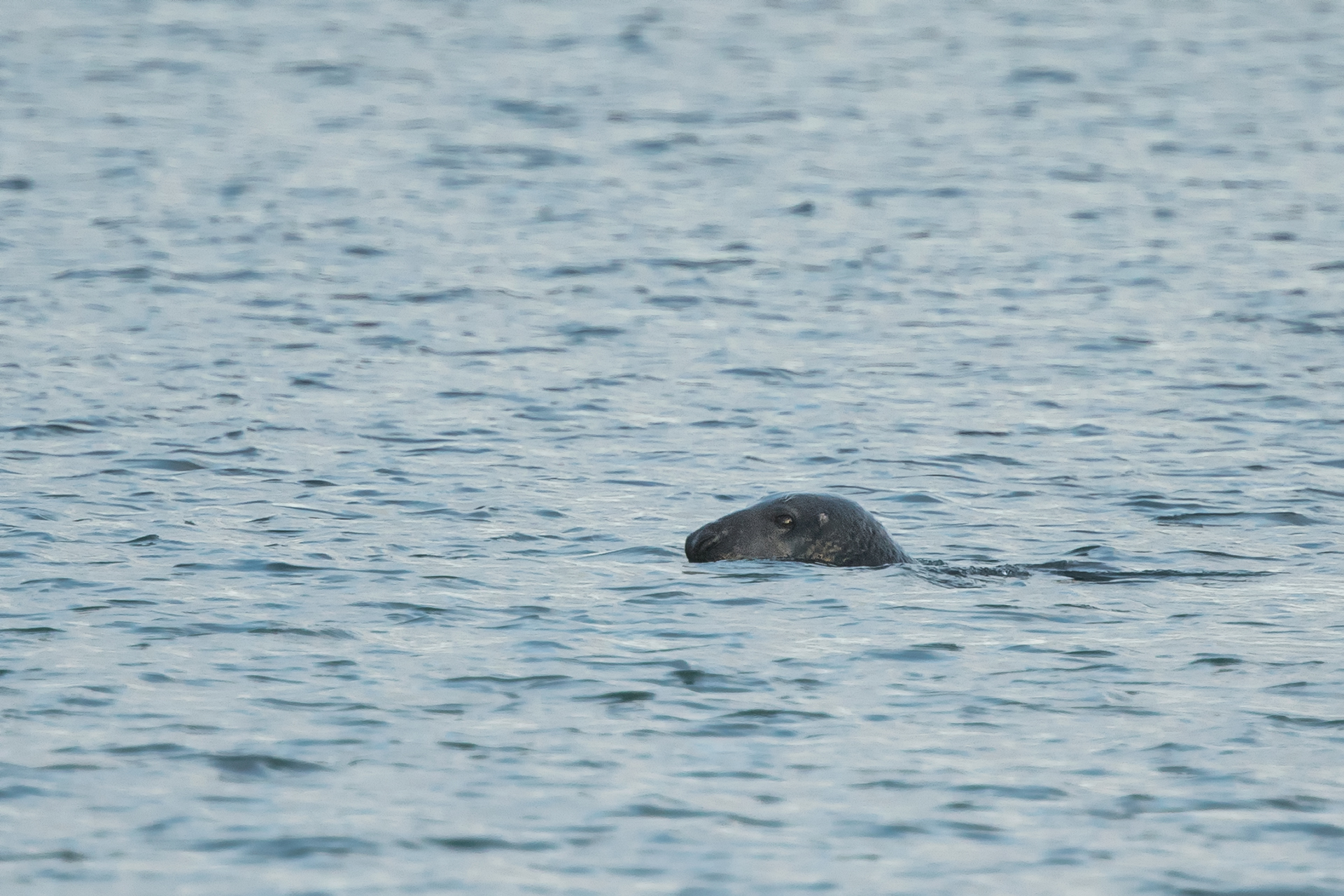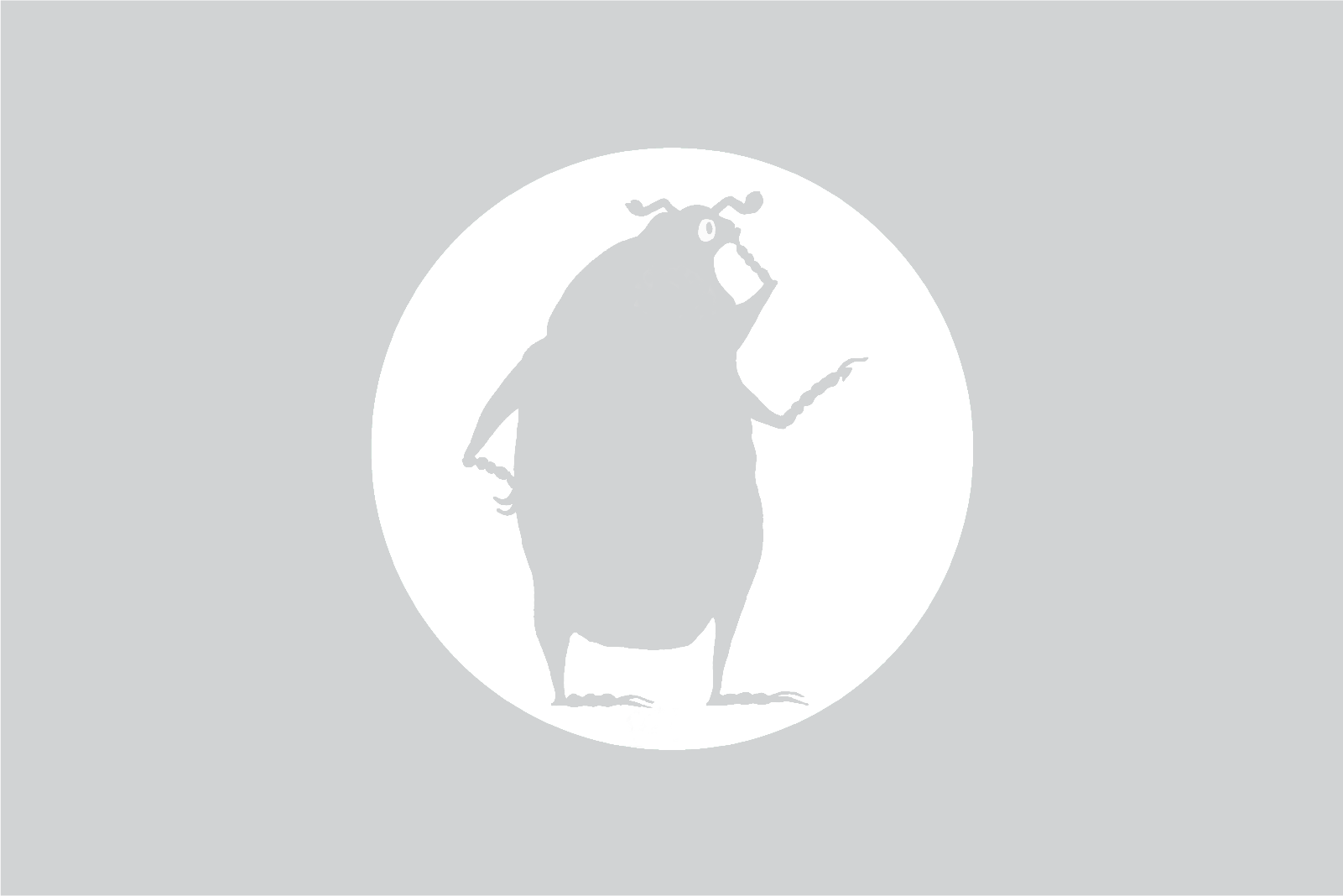Baltic herring is an important link in the Baltic Sea food chain
The Baltic herring is an important species in the Baltic Sea ecosystem. Baltic herring schools spawn in coastal waters and shallows primarily in the spring, and immediately after hatching, the tiny herring fry start hunting zooplankton. The food chain is simple: phytoplankton à zooplankton à Baltic herring à predatory fish, fish-eating bird, grey seal. Baltic herring grow rapidly with the energy they get from microscopic zooplankton, and in turn serve as food for larger creatures. A change in any step of the food chain can easily lead to an imbalance, disrupting the functioning of the ecosystem.
Northern Airisto and the shores of Ruissalo have long been important breeding grounds for Baltic herring, but in recent years the spawning population has declined considerably. The Baltic herring fry found in northern Airisto consist primarily of fry that hatched further away and moved to the area from elsewhere. One of the most notable causes hindering the reproduction of the Baltic herring is the spawn being washed away from the spawning area before hatching. The success of the Baltic herring’s spawning is also affected by water quality. As such, effective water protection measures are one of the preconditions for the recovery of Baltic herring populations in northern Airisto and Ruissalo.
The Baltic herring is also a commercially significant fish, which is commonly used as food. In this way, humans also become part of the Baltic Sea food chain, and are thus unfortunately exposed to the environmental toxins accumulated in the fish. These environmental toxins are toxic substances from emissions, which are enriched in the food chain and can cause health risks in large concentrations. The good news is that concentrations of environmental toxins in Baltic herring have decreased since the 1970s thanks to international agreements and emissions limits, and nowadays the health benefits of eating Baltic herring are considered to far outweigh the negative effects of the residual environmental toxins found in the fish.

